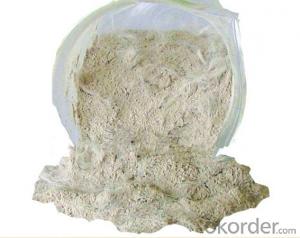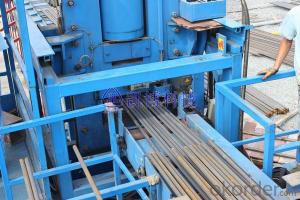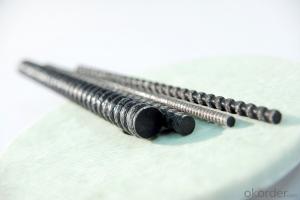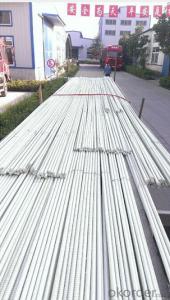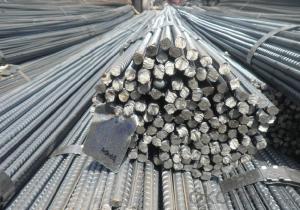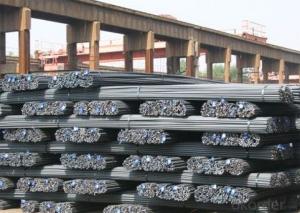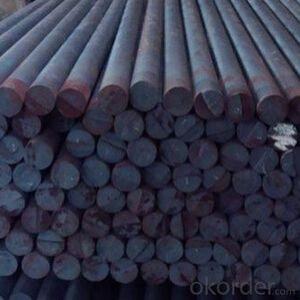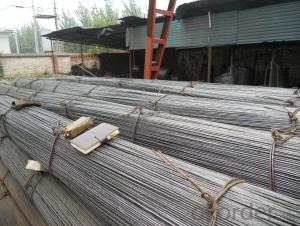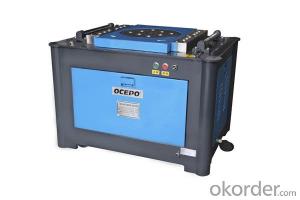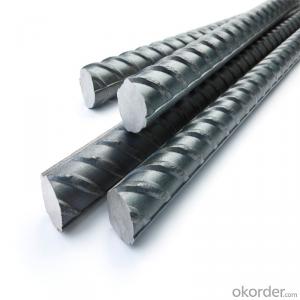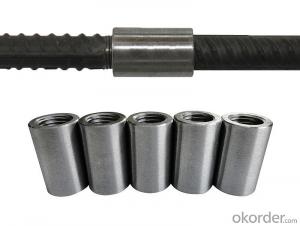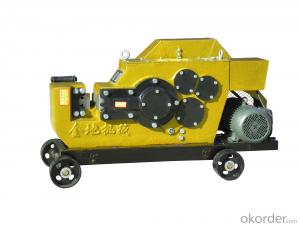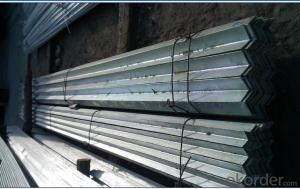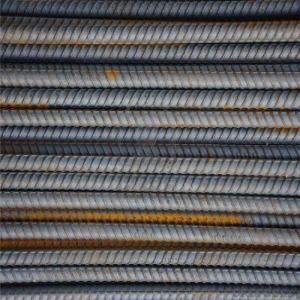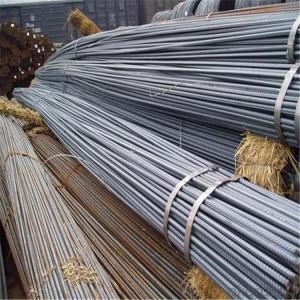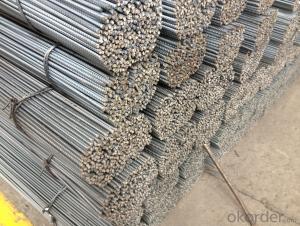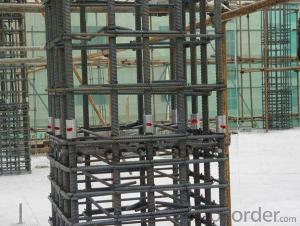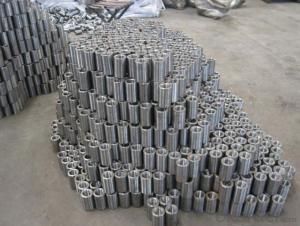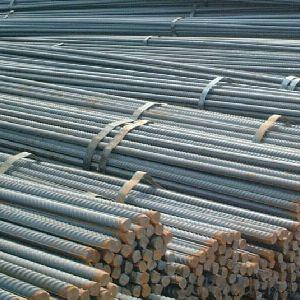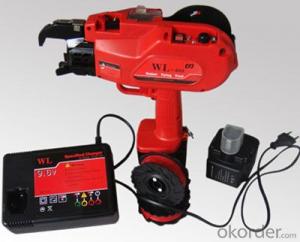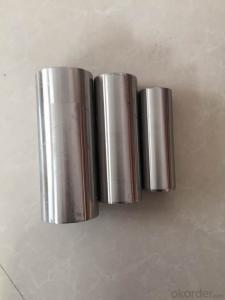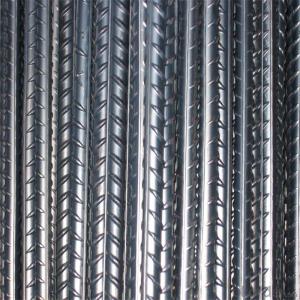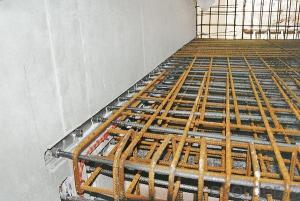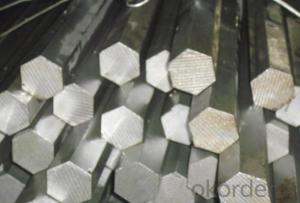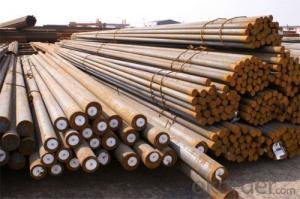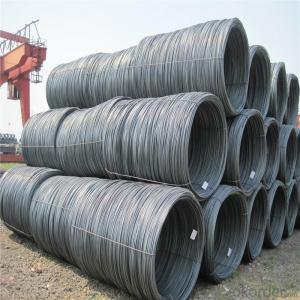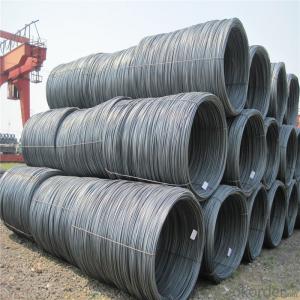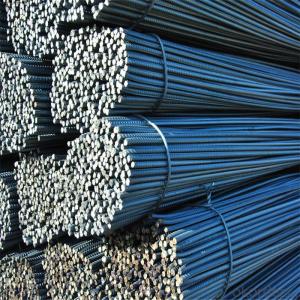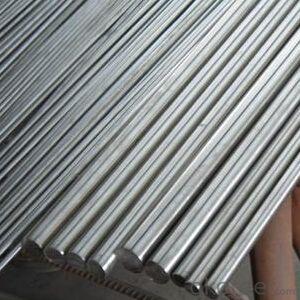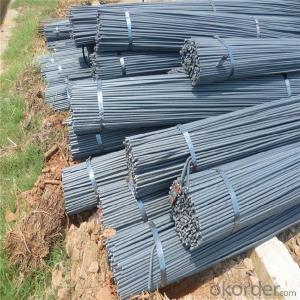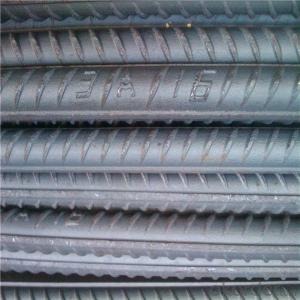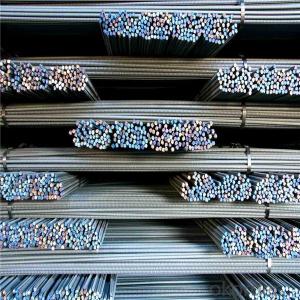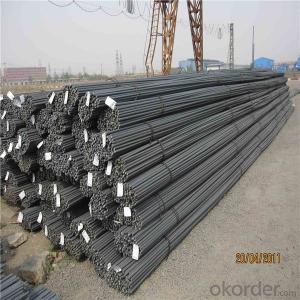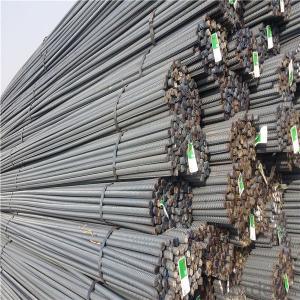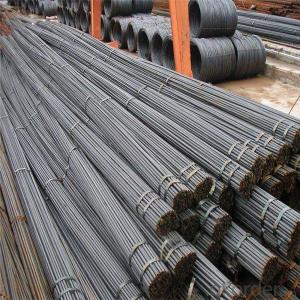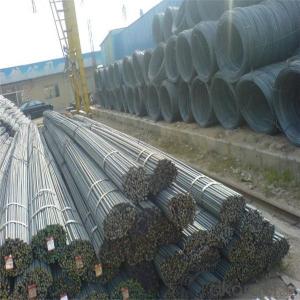Rebar Stirrups
Rebar Stirrups Related Searches
Hot Rolled Steel Blue Steel Rebar Aisi 1020 Hot Rolled Grade 80 Rebar Rebar Lengths Standard Rebar 10Mm 30M Rebar T10 Rebar Rebar Identification 18J RebarHot Searches
12Mm Mdf Price Hot Rolled Steel Price Hot Rolled Steel PricesRebar Stirrups Supplier & Manufacturer from China
Okorder.com is a professional Rebar Stirrups supplier & manufacturer, offers integrated one-stop services including real-time quoting and online cargo tracking. We are funded by CNBM Group, a Fortune 500 enterprise and the largest Rebar Stirrups firm in China.Hot Products
FAQ
- Yes, there are specific guidelines for storing and handling steel rebars. These guidelines typically include storing rebars on a flat surface to prevent bending and distortion, keeping them off the ground to prevent rusting, and protecting them from moisture and exposure to chemicals. Additionally, rebars should be handled with care to avoid any damage or injury, and they should be stored in a well-organized manner to ensure easy identification and retrieval.
- Steel rebars are typically connected together in construction through a process called rebar splicing. This involves overlapping the rebars and tying them together using wire or mechanical connectors. Additionally, couplers or threaded sleeves can be used to join rebars end-to-end, ensuring a strong and continuous reinforcement system.
- Steel rebars contribute to the seismic performance of a structure by enhancing its strength and ductility. When embedded in concrete, rebars act as reinforcement, providing tensile strength to resist the forces generated during an earthquake. This reinforcement helps prevent cracking and failure in the concrete, allowing the structure to better absorb and dissipate seismic energy. Additionally, the flexibility and high yield strength of steel rebars enable them to deform and absorb seismic forces, reducing the likelihood of structural collapse during an earthquake.
- Steel rebars are typically connected or joined together during construction using a variety of methods and techniques. The most common method is by overlapping the rebars and tying them together using steel wire. This process is known as rebar tying or wire tying. To ensure a strong and secure connection, the rebars are overlapped at a certain length, typically between 40 to 60 times the diameter of the rebars. The overlapping length allows for the transfer of load and ensures structural integrity. Once the rebars are properly overlapped, steel wire is tightly wrapped around the intersection point to hold them together. Another method of connecting rebars is by using mechanical couplers. Mechanical couplers are pre-fabricated devices that are used to join two rebars together. These couplers provide a threaded connection, allowing for a more precise and efficient joining process. The rebars are inserted into the couplers, and then the couplers are tightened using a wrench or other appropriate tool. Welding is also used to connect rebars, especially in larger construction projects. Welding involves melting the rebars at the intersection point and fusing them together using heat and pressure. This method provides a strong and permanent connection, but it requires skilled labor and proper safety precautions to ensure the quality of the weld. Furthermore, in some cases, rebars can be connected using epoxy bonding. Epoxy bonding involves applying an adhesive material to the surface of the rebars and then pressing them together. The epoxy acts as a bonding agent, creating a strong and durable connection between the rebars. The method of connecting rebars during construction depends on various factors such as the size of the rebars, the specific requirements of the project, and the construction techniques being used. It is essential to follow industry standards and guidelines to ensure the proper connection and integrity of the rebars, as they play a critical role in reinforcing concrete structures.
- The average weight of a steel rebar can vary depending on its size and length. However, a common average weight for a typical steel rebar is around 0.75 pounds per foot.
- Yes, steel rebars can be used in coastal construction. Steel rebars are commonly used in construction projects, including in coastal areas where they provide crucial reinforcement to concrete structures. The steel rebars are typically coated or treated to prevent corrosion from the saltwater and other coastal elements, ensuring their durability and longevity in coastal environments.
- Yes, steel rebars can be used in road or highway construction. They are commonly used to reinforce and strengthen concrete structures, including roads and highways, to enhance their durability and load-bearing capacity. Steel rebars provide stability and prevent cracking or breaking under heavy traffic loads, making them an essential component in road and highway construction.
- There are several corrosion protection methods available for steel rebars, which are commonly used in reinforced concrete structures. These methods aim to prevent or minimize the corrosion of the steel rebars, as corrosion can significantly weaken the overall structure. 1. Concrete Cover: The most common corrosion protection method is providing an adequate thickness of concrete cover over the steel rebars. The concrete acts as a physical barrier, preventing exposure of the rebars to corrosive elements. 2. Galvanization: Galvanizing involves coating the steel rebars with a layer of zinc. This protective layer acts as a sacrificial anode, corroding before the steel rebars. Galvanization significantly enhances the rebars' resistance to corrosion. 3. Epoxy Coating: Epoxy coating is a popular corrosion protection method where a layer of epoxy resin is applied over the steel rebars. The epoxy acts as a barrier, preventing moisture and corrosive substances from reaching the rebars. 4. Cathodic Protection: Cathodic protection is an electrochemical method that involves the application of a sacrificial anode or an impressed current system. In a sacrificial anode system, a more reactive metal, such as zinc or magnesium, is connected to the steel rebars, sacrificing itself and preventing corrosion. In an impressed current system, an external power source is used to provide a protective current to the rebars, preventing corrosion. 5. Corrosion Inhibitors: Corrosion inhibitors are chemicals added to the concrete mix or applied as a surface treatment to the rebars. These inhibitors form a protective film on the rebars' surface, preventing corrosion by blocking the access of corrosive agents. 6. Stainless Steel Rebars: Using stainless steel rebars is an effective corrosion protection method. Stainless steel has a high resistance to corrosion, making it suitable for structures exposed to aggressive environments. It is important to note that the selection of the appropriate corrosion protection method depends on various factors, including the environmental conditions, expected service life of the structure, and cost considerations. Additionally, regular inspection and maintenance of the corrosion protection system are essential to ensure its effectiveness over time.

